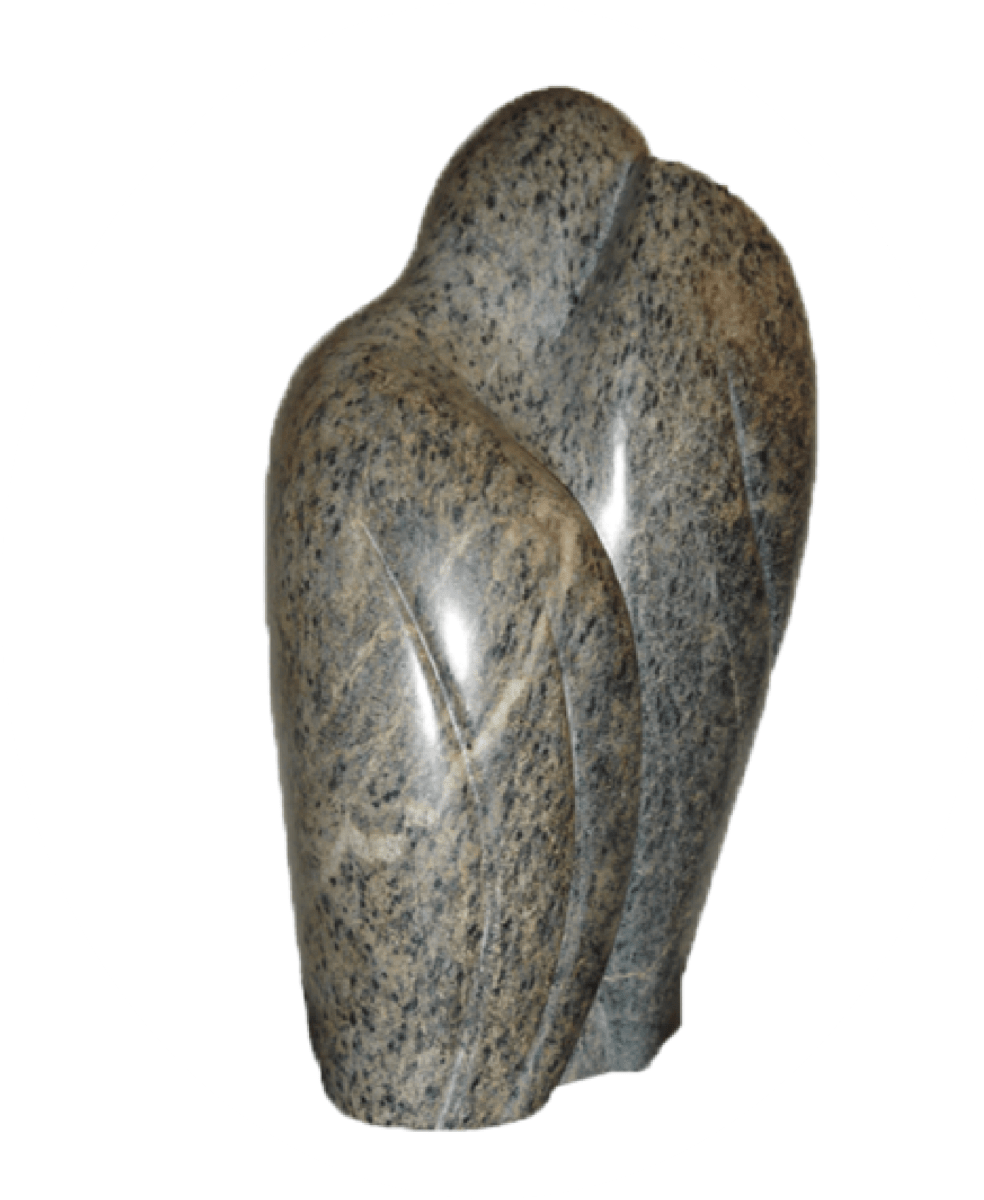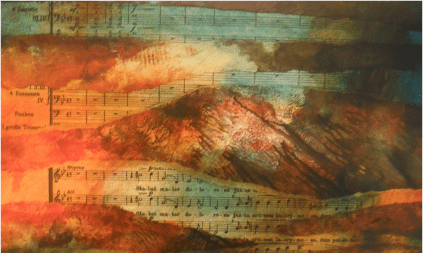Alessandro Scarlatti
About the composer
Alessandro Scarlatti (1660 – 1725) was born in Palermo, Italy. He was one of the first exponents of the Neapolitan School (See also Salvatori). He composed over 600 cantatas, 150 oratories and 115 operas. The Stabat Mater was composed for the Order of “Cavalieri della Virgine dei Dolori” in Naples, who, annually, honored the Virgin by dedicating to her, during the Lenten season, a Stabat Mater. The Order was very poor, what may be the explanation for the small number of artists the score was written for. Many years later, probably in 1734, the same Order commissioned Pergolesi for a new Stabat Mater.
About the Stabat Mater
| Date: | 1723 |
| Performers: | Soprano, alto and continuo (2 violins, cello, organ) |
| Length: | 46.22 minutes |
| Particulars: | The work is divided into four sections and the music is varied in form, going from simple recitatives to more developed operatic arias where the text is repeated three times, ultimately ending with a great fugue on the final "Amen". |
| Textual variations: | The "Analecta"-version of the text is sung, but surprisingly Scarlatti changes around the stanzas 10 and 11, and also the stanzas 13 and 14. Only one other change: |
| Colour bar: |
|
Information about the recording
| CD: | Ades 204752, Scarlatti, Stabat Mater |
| More info: | Recorded at the Eglise Evangélique Saint Jean de Grenelle, Paris, in August 1988. |
| Orchestra: | Ensemble Gradiva |
| Conductor: | Alain Zaepffel |
| Soloists: | Véronique Dietschy, soprano |
| Other works: | Salve Regina |
| Code: | SCA-02 |





